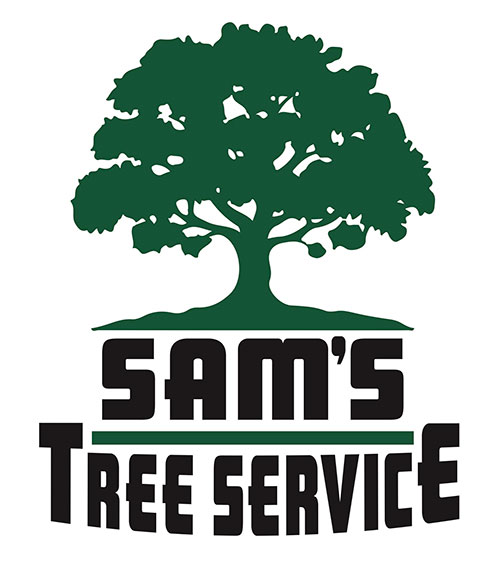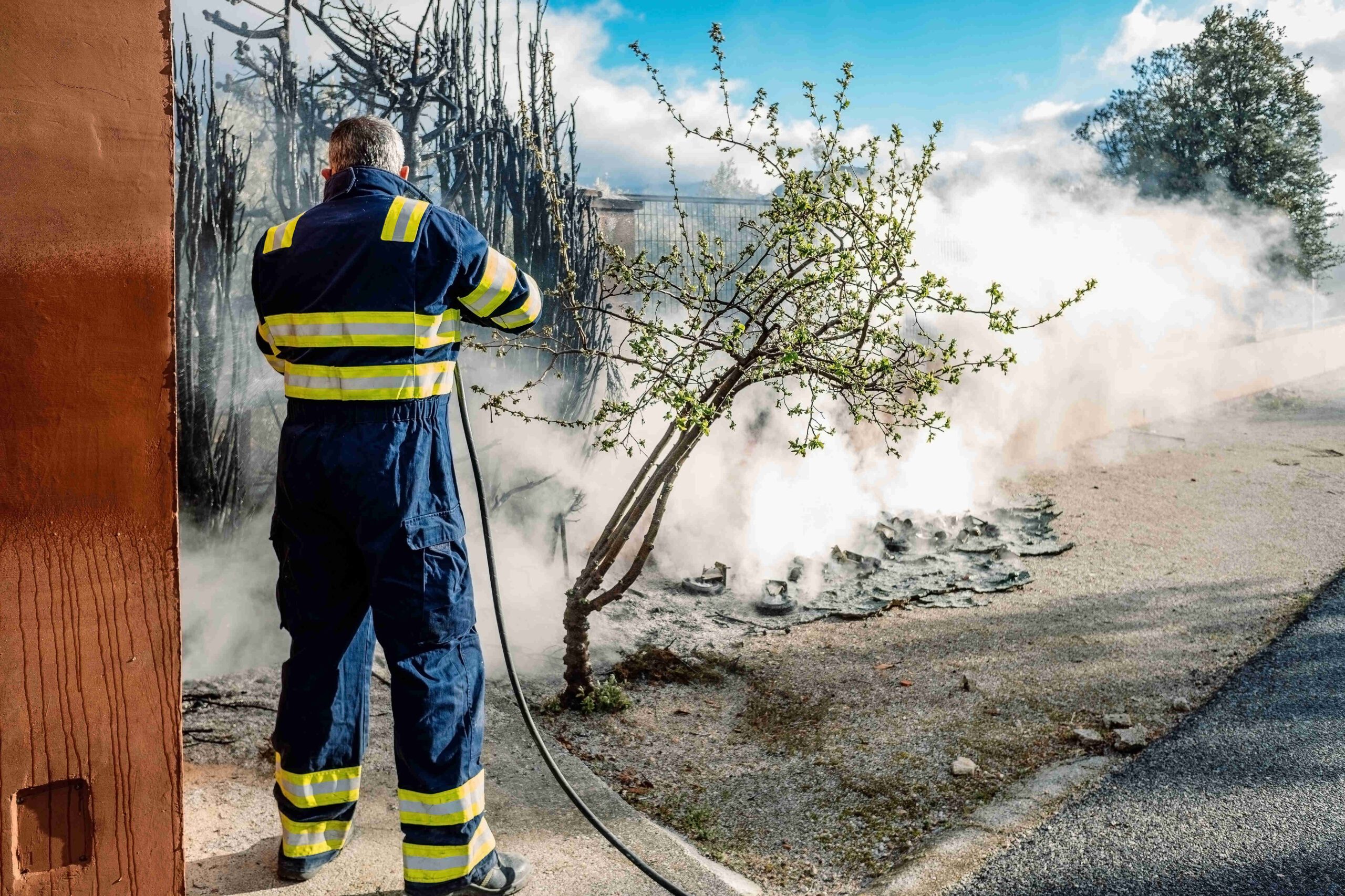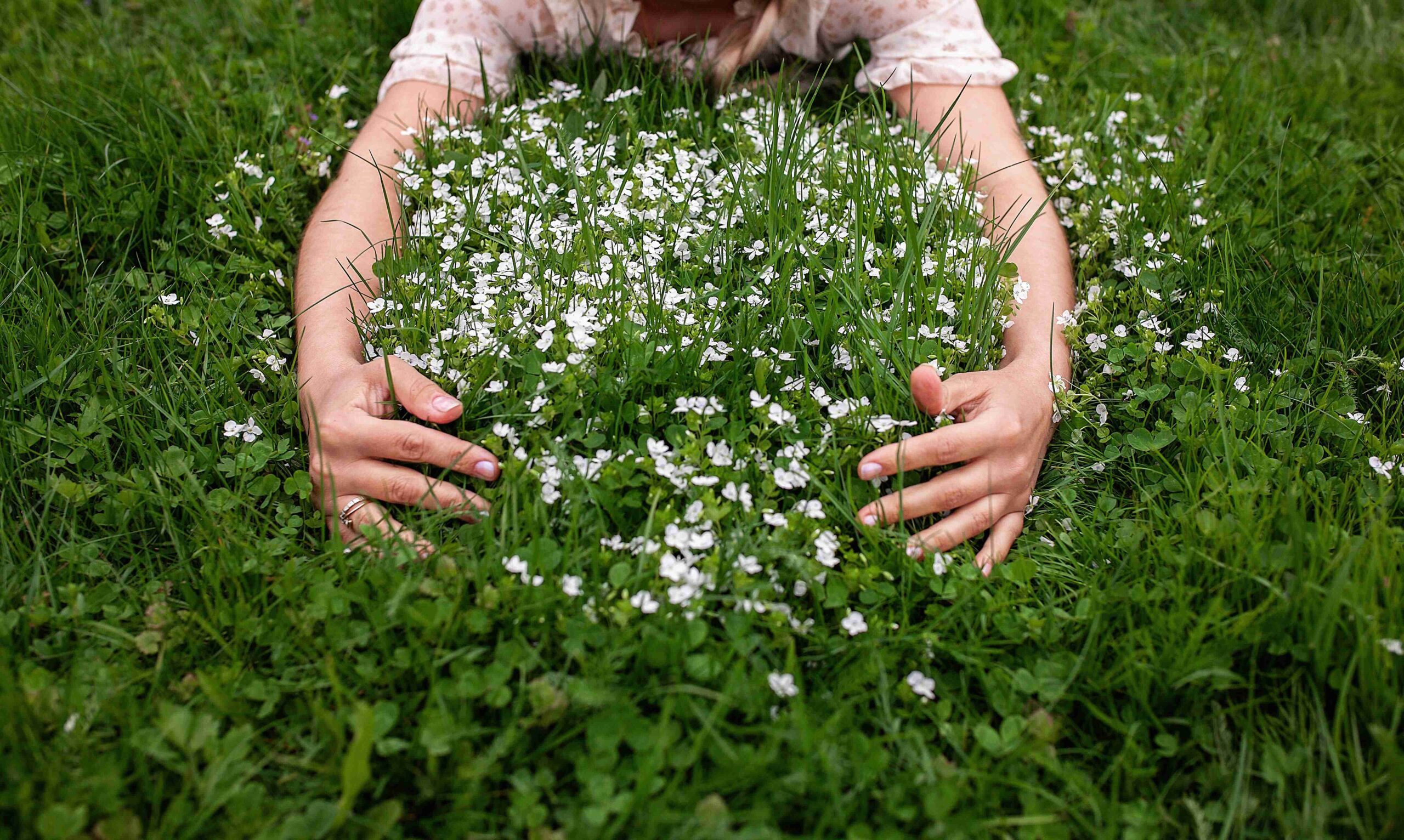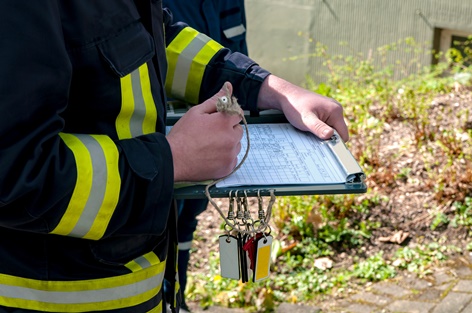Defensible space, in combination with home protection, is critical for increasing your home’s chances of surviving a wildfire.
A building’s “defensible space” is the separation you provide between it and any nearby wildland, grassland, trees, or shrubs on your part of the property.
This space is essential for containing wildfires, preventing their spread, and preventing your property from catching fire from radiant heat, embers, or direct flame contact.
A proper defensible fire space santa rosa ca space gives firefighters a secure location to work while protecting the property.
Making a Defensible Space on Your Property
While wildfires may even be ecologically advantageous to the affected area, the same cannot be said about a home or other building that belongs to a property owner.
Making a defensible space around the buildings on your property is the best thing you can do to defend it against future wildfires.
Buildings are protected from the surrounding trees, grass, bushes, and other natural components by defensible space landscaping. Your building will be protected from blazing flames and radiating heat, and it will aid in preventing or slowing the spread of wildfire.
For the firefighters attempting to safeguard your property from this kind of natural disaster, it’s equally crucial that you create a defensive area around it.
Firefighters’ safety is ensured by making a defensible area, which also gives them room to work effectively while defending the home or place of business.
Defensible Space Zones
Property protection against wildfire is encouraged by the California Department of Forestry and Fire Protection (Cal Fire). The firewise defensible space santa rosa not only makes a fire barrier on your property but also offers a secure area from which firemen can protect your property. There are two primary zones within a 100-foot radius of your home and any property structures.
Zone 1 – 30 feet from structures
- Regularly trim trees, so their branches are 10 feet from other trees/structures.
- Remove the whole dead or dried-out vegetation.
- Give trees, bushes, and other flammable objects enough room to breathe (patio furniture, sheds, swing sets)
Zone 2 – 30 to 100 feet from structures
- Make horizontal space between trees and bushes.
- Make vertical gaps between the ground and the trees.
- Cut grass to a height of no more than 4 inches.
Fuel is required for the fire to continue burning. A fire can sustain itself and spread quickly from one site to another if the surrounding vegetation is dead and dry.
Tree and Plant Spacing
There must be sufficient space between grass, bushes, and trees to stop wildfires from escalating. These factors all affect the size, shape, and slope of the trees and shrubs and the required spacing.
Vertical Spacing
All tree limbs should be cut off at least 6 feet above the ground. Between shrubs and trees, leaving more vertical space. Lack of vertical space can cause a fire to spread like a ladder from the ground through the brush to the trees. It causes more severe fires to spread closer to your house.
Horizontal Spacing
It is advised that there be at least 10 feet of horizontal space between the branches of neighboring trees or buildings when several trees are close to one another. The horizontal distance between bushes or shrubs should be at least twice as tall as the plant.
The Bottom Line
It is best to consult experts to evaluate whether trees damaged by wildfire cannot be saved and must be removed because several factors go into the Santa rosa fire space defensible.
Experts with knowledge are needed to remove hazardous, leaning, and severely burned plants.
Call Sam’s to Help Create Defensible Space for Firewise Zones.



